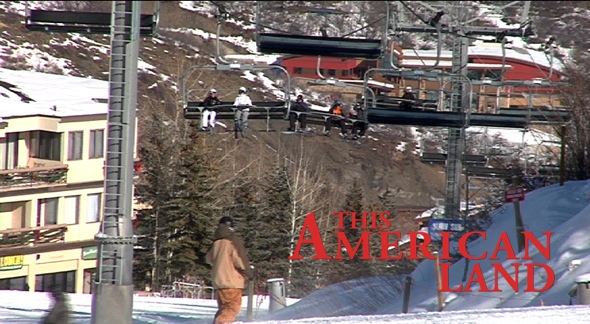
For 10 years,
the Ski Area Citizens Coalition has published its ski area environmental report card, a rating system that grades ski resports across the west according to their impact on the natural environment.
Paul Joyce, a conservation assoicate at the environmental protection group
Colorado Wild, says a ski resort’s grade depends on how well it plays in its own backyard.
“When a ski area expands into the back country, expands into habitat, affects wildlife, affects vegetation, thereby affecting water, watersheds, water quality,” Joyce said, “those things weigh really heavy with the report card.”
Resorts owned by the
Aspen Skiing Company dominate the highest rated resorts in the west.
“People listen to us in part because we’re an interesting news story, but also because we’re business people.,” Auden Schendler, environmental affairs director at Aspen Skiing. “Ultimately we’re not environmentalists. We’re business people. And we see climate changes as an existential threat to business.
In this edition of
This American Land we explore ski resorts that employ environmentally sustainable practices to protect natural areas that surround their slopes.
 For 10 years, the Ski Area Citizens Coalition has published its ski area environmental report card, a rating system that grades ski resports across the west according to their impact on the natural environment.
Paul Joyce, a conservation assoicate at the environmental protection group Colorado Wild, says a ski resort’s grade depends on how well it plays in its own backyard.
“When a ski area expands into the back country, expands into habitat, affects wildlife, affects vegetation, thereby affecting water, watersheds, water quality,” Joyce said, “those things weigh really heavy with the report card.”
Resorts owned by the Aspen Skiing Company dominate the highest rated resorts in the west.
“People listen to us in part because we’re an interesting news story, but also because we’re business people.,” Auden Schendler, environmental affairs director at Aspen Skiing. “Ultimately we’re not environmentalists. We’re business people. And we see climate changes as an existential threat to business.
In this edition of This American Land we explore ski resorts that employ environmentally sustainable practices to protect natural areas that surround their slopes.
For 10 years, the Ski Area Citizens Coalition has published its ski area environmental report card, a rating system that grades ski resports across the west according to their impact on the natural environment.
Paul Joyce, a conservation assoicate at the environmental protection group Colorado Wild, says a ski resort’s grade depends on how well it plays in its own backyard.
“When a ski area expands into the back country, expands into habitat, affects wildlife, affects vegetation, thereby affecting water, watersheds, water quality,” Joyce said, “those things weigh really heavy with the report card.”
Resorts owned by the Aspen Skiing Company dominate the highest rated resorts in the west.
“People listen to us in part because we’re an interesting news story, but also because we’re business people.,” Auden Schendler, environmental affairs director at Aspen Skiing. “Ultimately we’re not environmentalists. We’re business people. And we see climate changes as an existential threat to business.
In this edition of This American Land we explore ski resorts that employ environmentally sustainable practices to protect natural areas that surround their slopes.


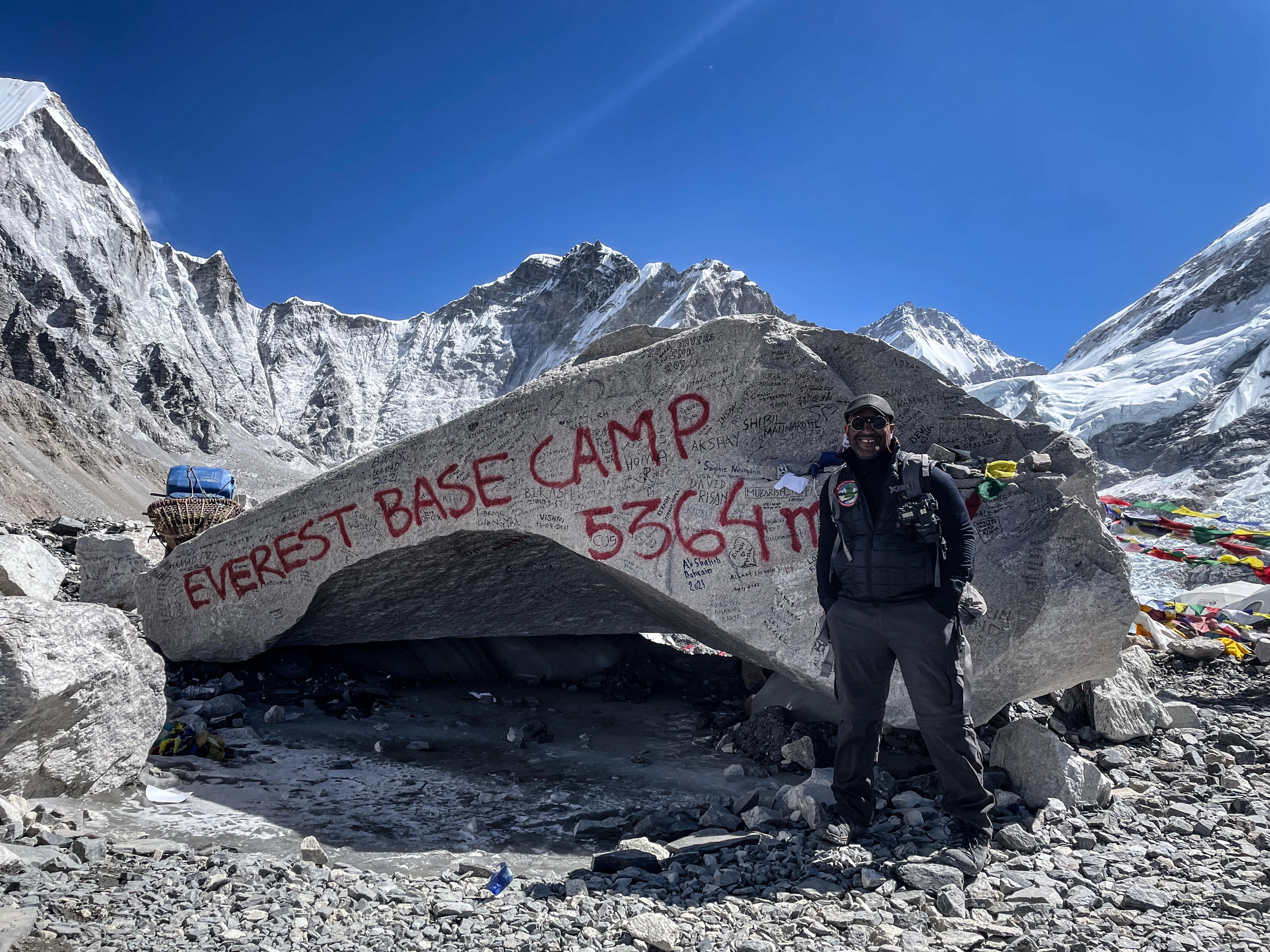

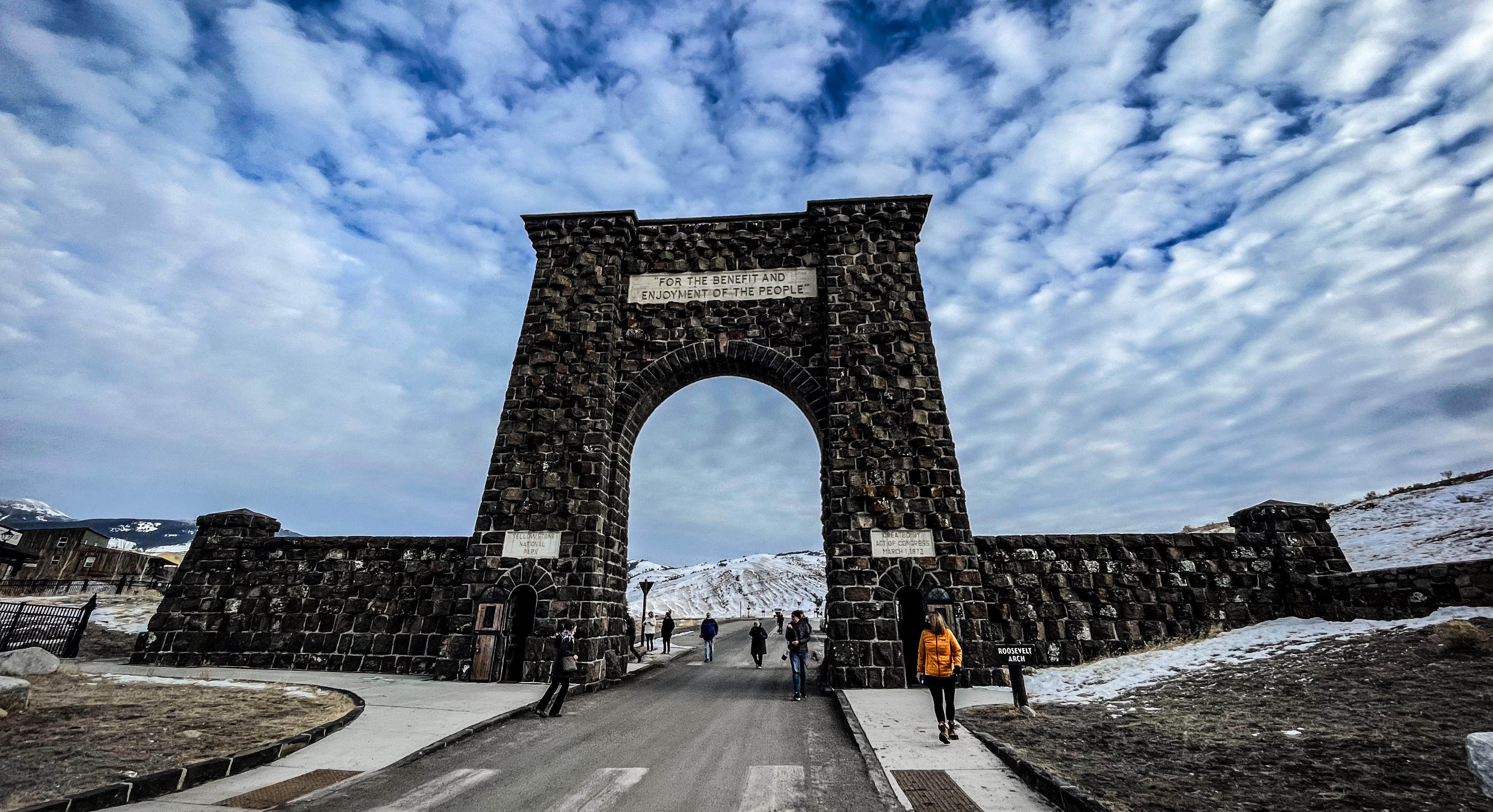
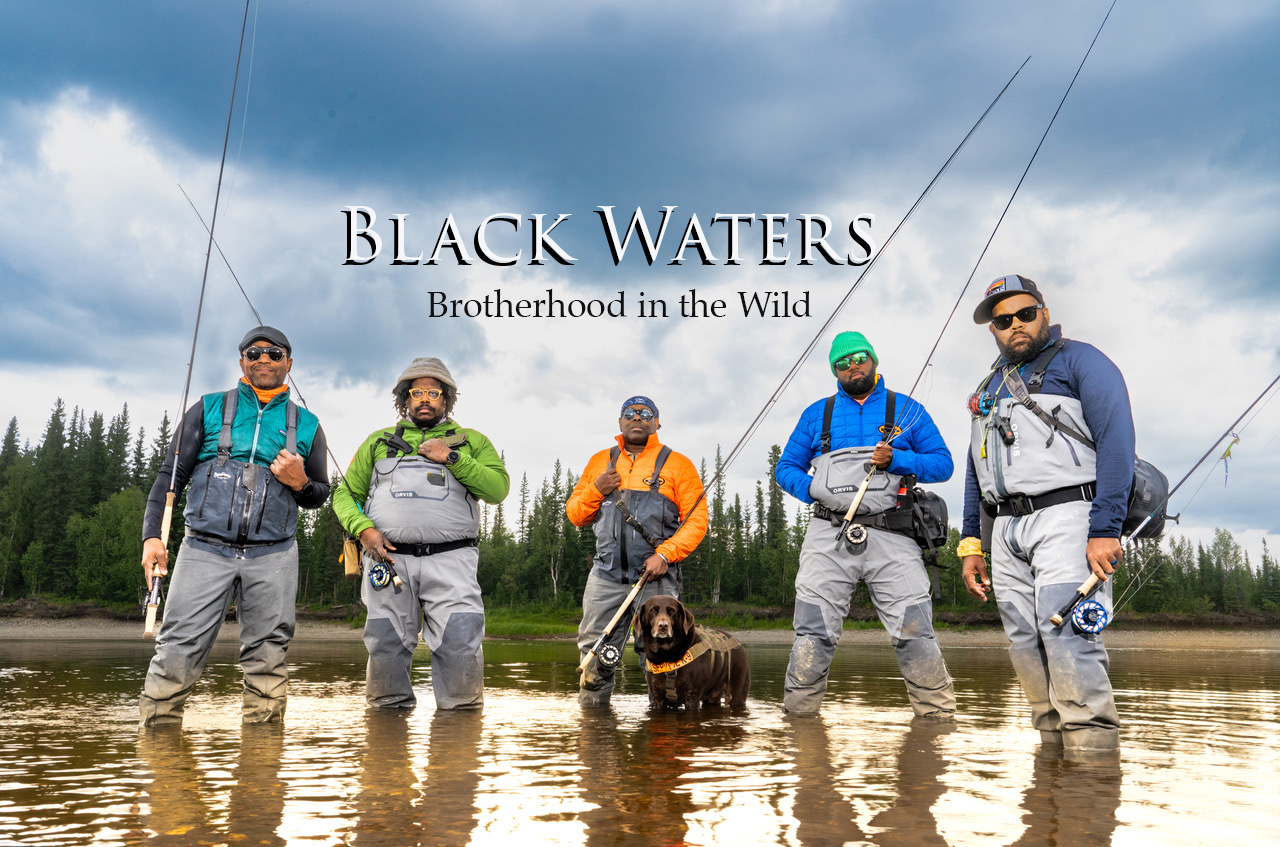
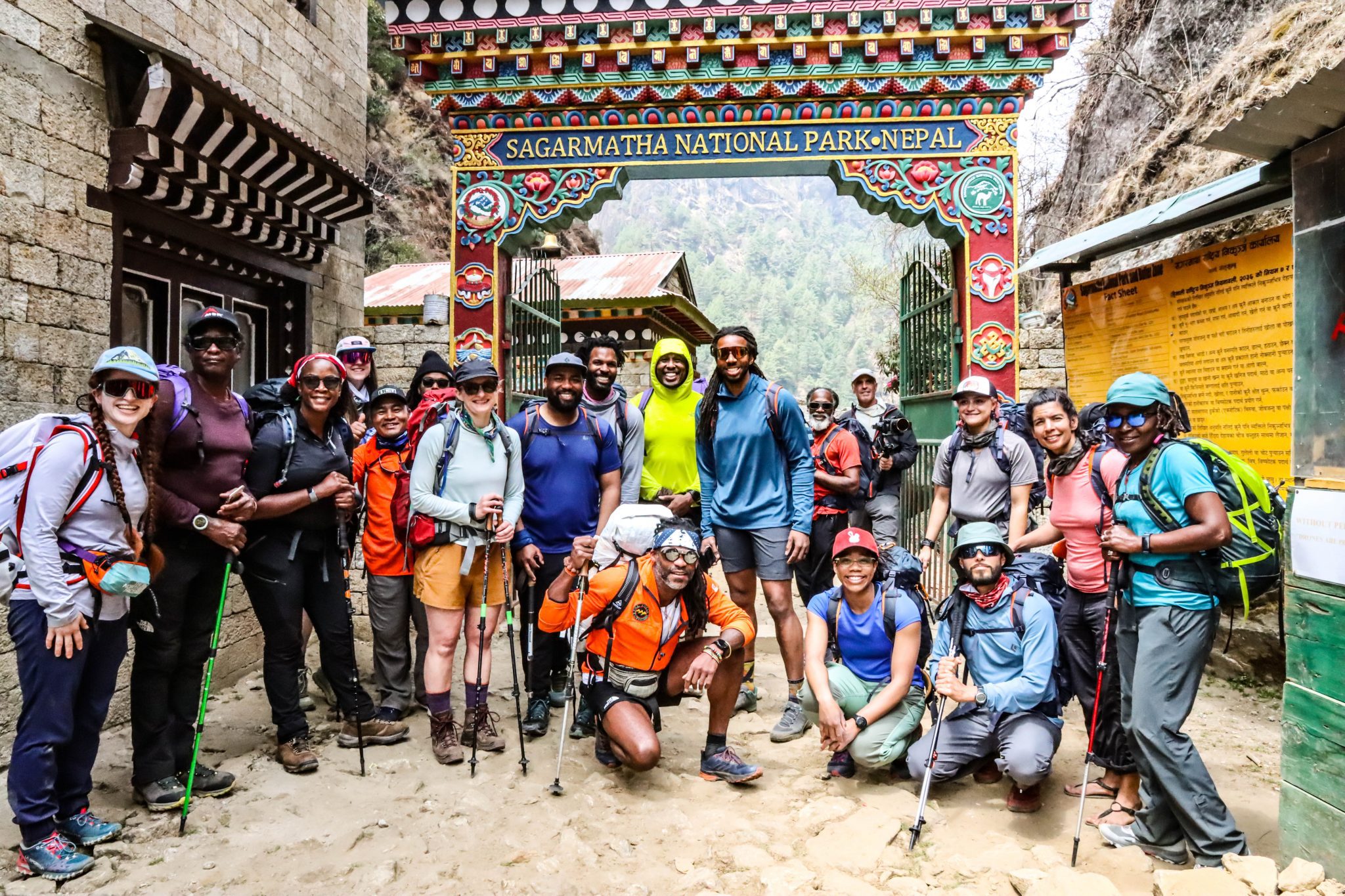
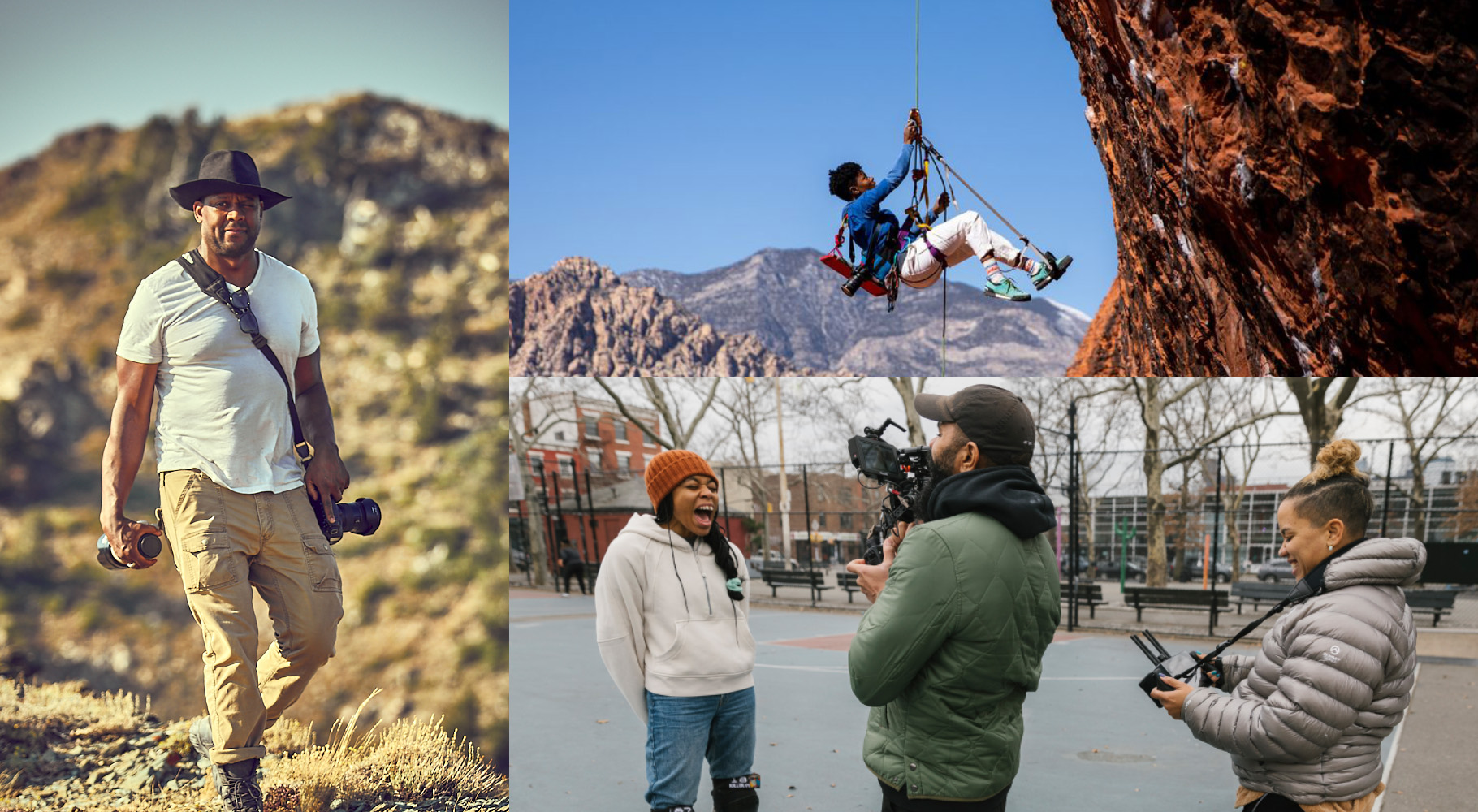
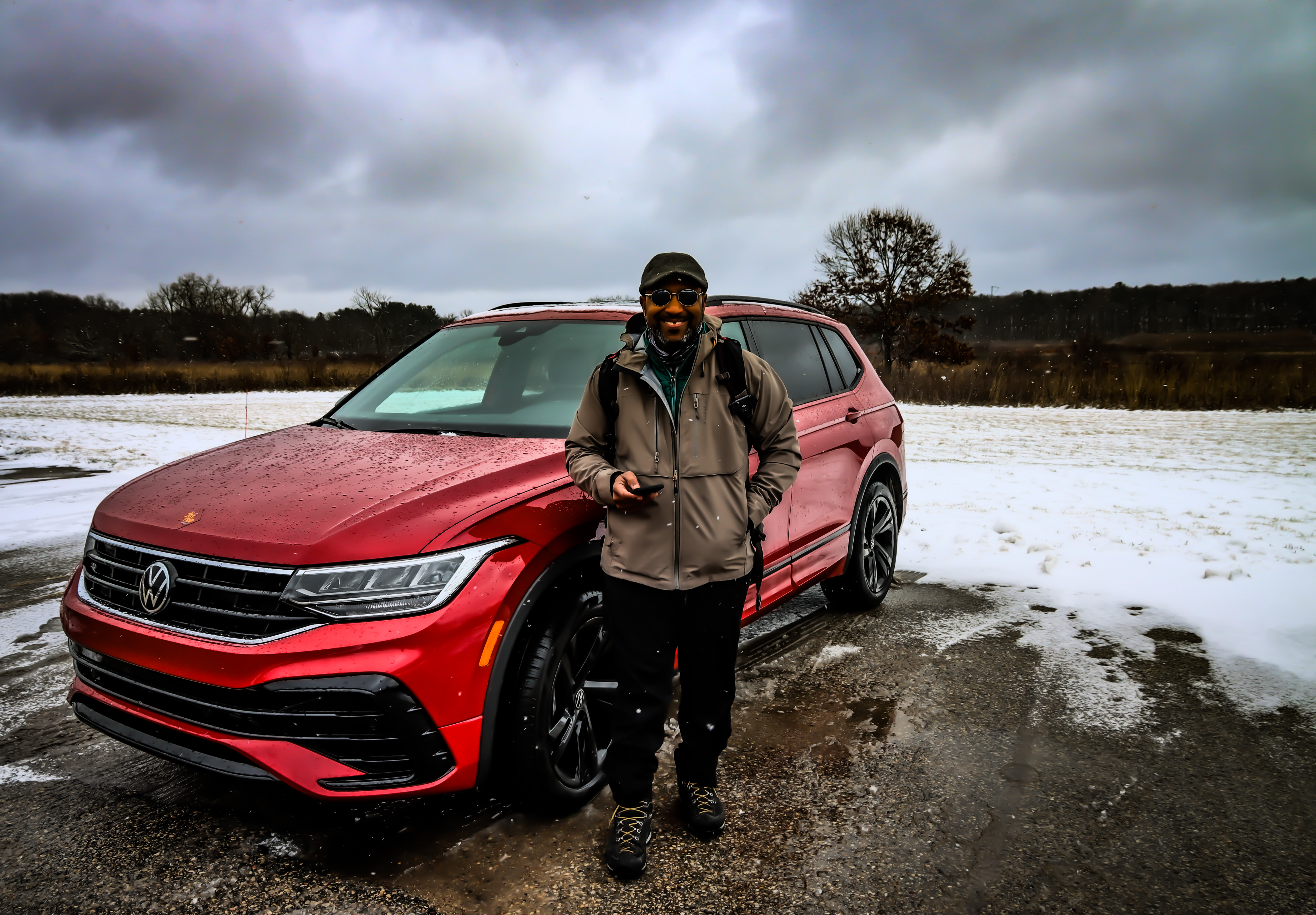

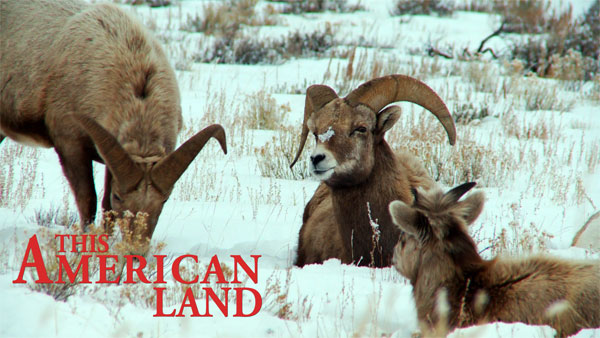

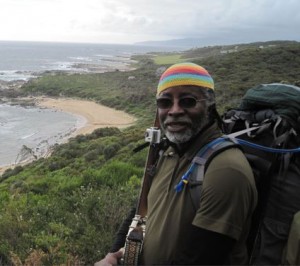
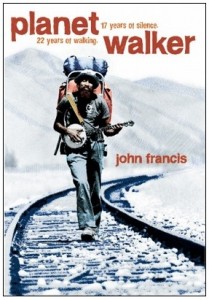
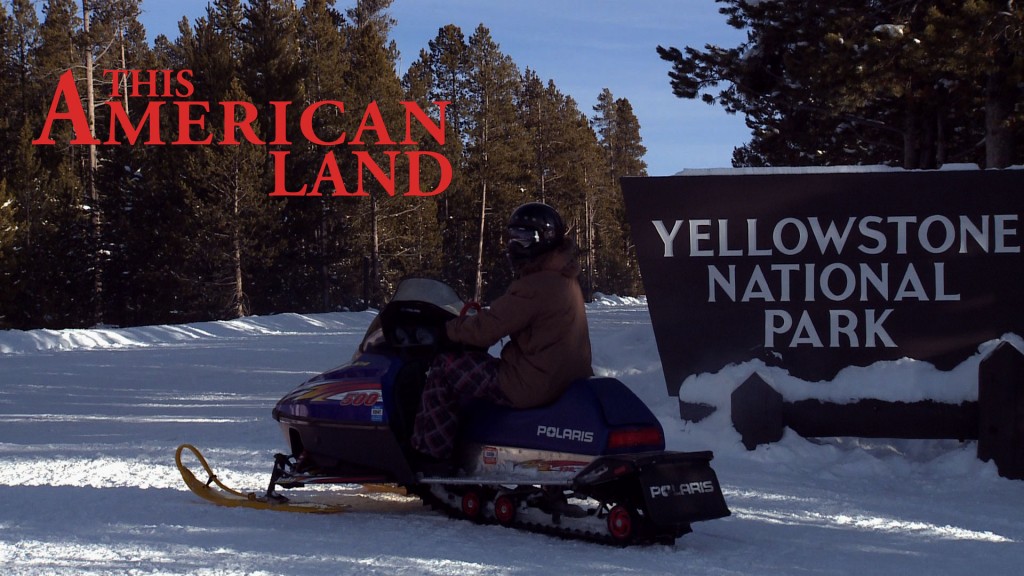 Yellowstone National Park has been described as a winter wonderland.
“We find that a lot of people from across the United States enjoy going into the park on snowmobiles, because ... you're out in the fresh air,” said Bill Howell, part owner of a local snowmobile and snowcoach tour company. “You get to see things on a snowmobile. With your guide you can stop and take pictures."
But conservation groups have been seeking to ban snowmobiles here for more than a decade. Even snowmobile enthusiasts now admit the machines became a problem in 1990s.
“The amount of machines and the amount of people going into the park skyrocketed, a lot more than I think anybody had ever predicted or thought would happen,’ Howell said. “And as a result it probably did get a little out of hand."
In this edition of This American Land we take a look at efforts to create a balance between the use of snowmobiles in Yellowstone and those who aim to limit motorized access to the park.
Yellowstone National Park has been described as a winter wonderland.
“We find that a lot of people from across the United States enjoy going into the park on snowmobiles, because ... you're out in the fresh air,” said Bill Howell, part owner of a local snowmobile and snowcoach tour company. “You get to see things on a snowmobile. With your guide you can stop and take pictures."
But conservation groups have been seeking to ban snowmobiles here for more than a decade. Even snowmobile enthusiasts now admit the machines became a problem in 1990s.
“The amount of machines and the amount of people going into the park skyrocketed, a lot more than I think anybody had ever predicted or thought would happen,’ Howell said. “And as a result it probably did get a little out of hand."
In this edition of This American Land we take a look at efforts to create a balance between the use of snowmobiles in Yellowstone and those who aim to limit motorized access to the park.
You must be logged in to post a comment.